What science teacher—or parent, for that matter—doesn’t know about the “volcanic” reaction of vinegar and baking soda? If you’re looking for something new for Chemistry Week, why not teach students the ancient way to make glue?
These are great activities for younger students. There are many classroom experiments that will delight little ones and make chemistry fun for older students. Make sherbet to taste so that students can “feel” the chemical reaction on their tongues. Stock up on test strips and watch for the color changes as students test different foods. Or “play” with polymers by making a batch of crazy putty!
Chemistry can be almost as much fun as magic tricks. Aim to captivate your students and let them believe that it’s all for fun. You’ll be surprised at how much they’ll learn along the way.
There are excellent resources available. You’ll even find ingredients for some of these super “tricks” right in your kitchen. There’s no need to get fancy!
Make Sherbet
Assemble the following dry ingredients. Use small plastic art utility cups or mini paper muffin cups. Let your students measure and mix together these ingredients:
- 1 teaspoon of powdered sugar
- 1/2 teaspoon of citric acid crystals (check the baking section at the supermarket)
- 1/2 teaspoon of drink crystals
- 1/4 teaspoon of baking soda (bicarbonate of soda)
Once mixed, let the students place a tiny bit on their tongues and talk about the chemical reaction that occurs when the crystals react with the moisture—they’ll be tasting sherbet and you’ll be teaching them what happens when an acid and a base react with liquids. This is a great experiment for younger children, but it’s also a good starting point for discussing acids and bases with older students.
Take Chemistry Week activities a step further with demonstrations of acidity or alkalinity, and talk about pH before testing various substances with indicator paper. Swimming pool test strips, with an accompanying color chart, are perfect for this demonstration.
Chart the results by testing common substances like lemon juice, black tea, olive oil, vinegar, tap water, pineapple juice, a sea salt solution, milk, cocoa, and Coca-Cola. Students will be surprised by the results!
Trivial Pursuit
Play a fast-paced game to impart some basic chemistry facts. Challenge students to discover the boiling point of liquid nitrogen, the most common element in the universe, or the origin of the word Chemistry. Find many of those interesting facts here, and collect more of your own.
Blow Up Balloons
No doubt you’ve used acid and base reactions in various ways to teach chemistry lessons. This one adds a slightly different twist, however, and also points out the differences between balloons filled with different kinds of “air” or gases. Blow up one by breathing into it. Capture the gas created by mixing vinegar and baking soda to blow up a second, then fill another with helium. Talk about the reasons they act differently. For more balloon “magic,” check out the video below. Pretty cool, huh?
The World of Glue
One of the big shifts in Common Core Standards is inductive learning, and a key component of this is teaching students how to support their thinking and understanding with evidence. Elmer’s has a great lesson plan called The World of Glue that identifies adhesives in everyday life. This gives students a more profound sense of why they need to understand the science of polymers and how they enable adhesives to bond things together.
Read More: Three Chemistry Experiments, One Penny
Have fun with chemistry, and chemistry students will have fun in class!

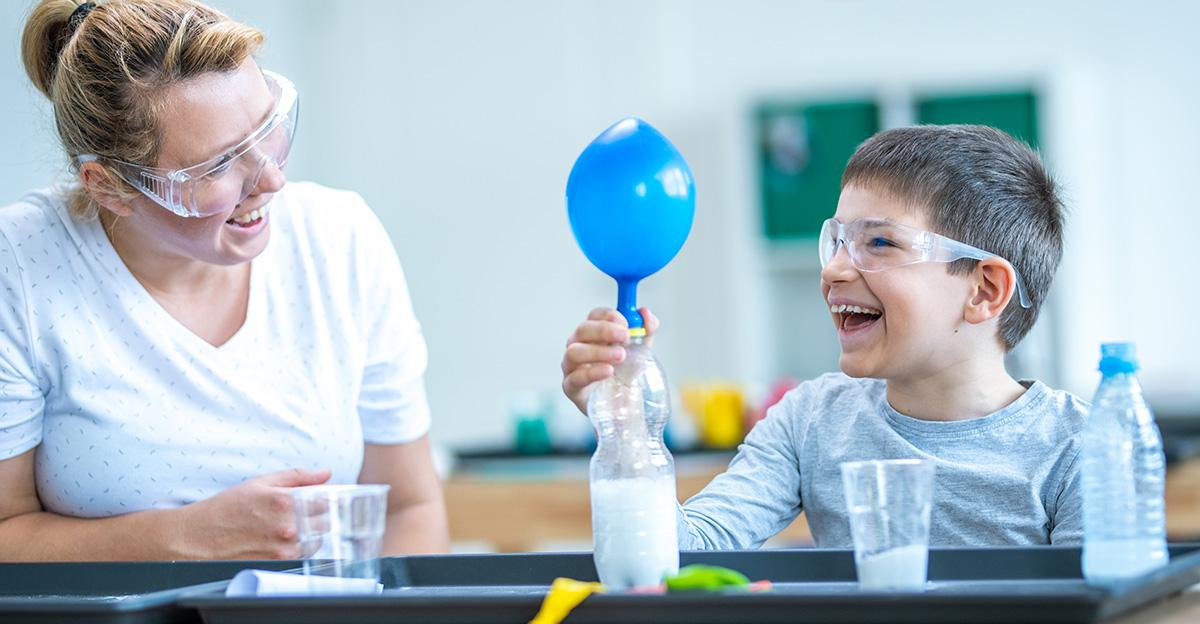
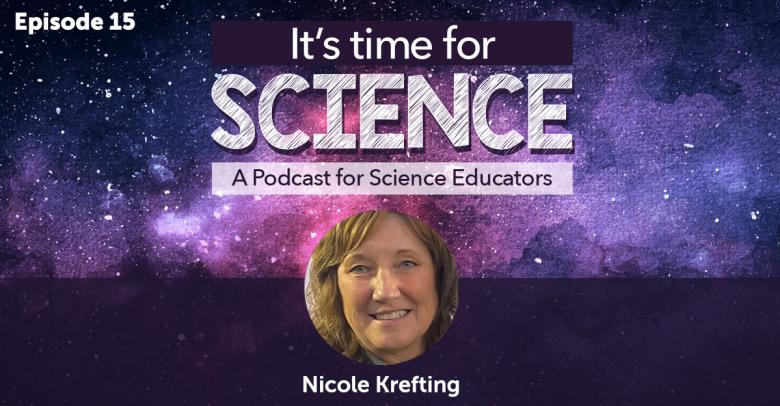
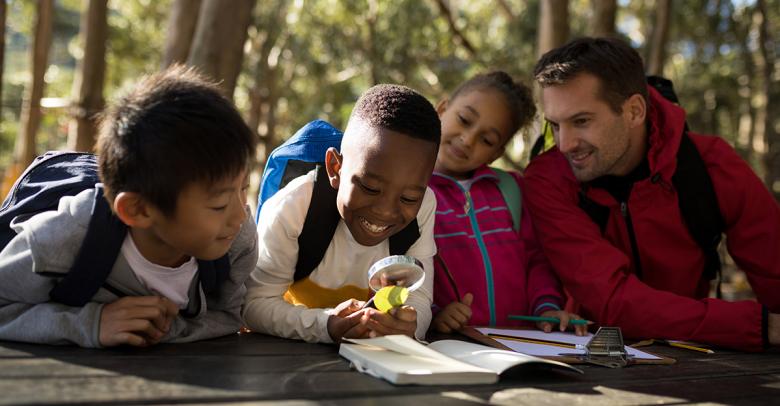
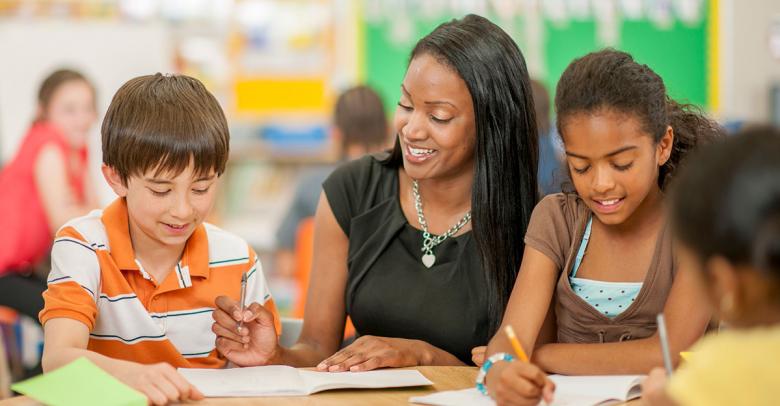
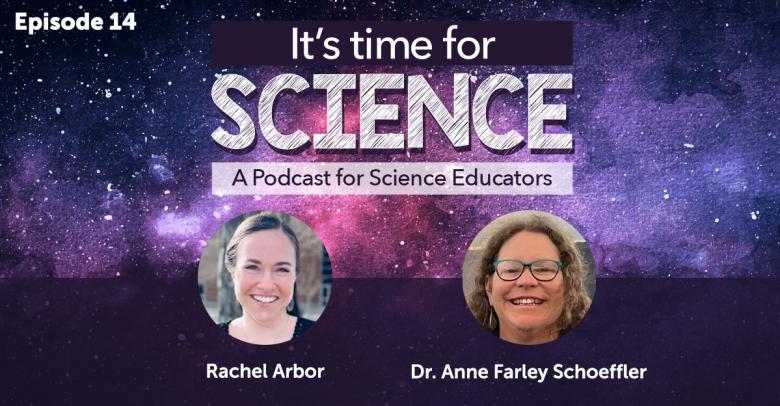
Leave a Reply